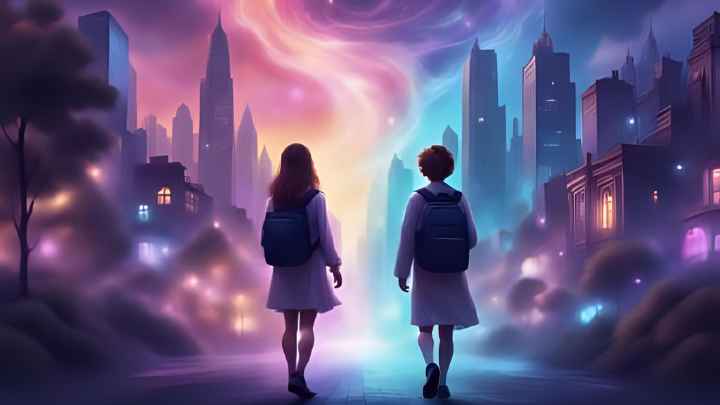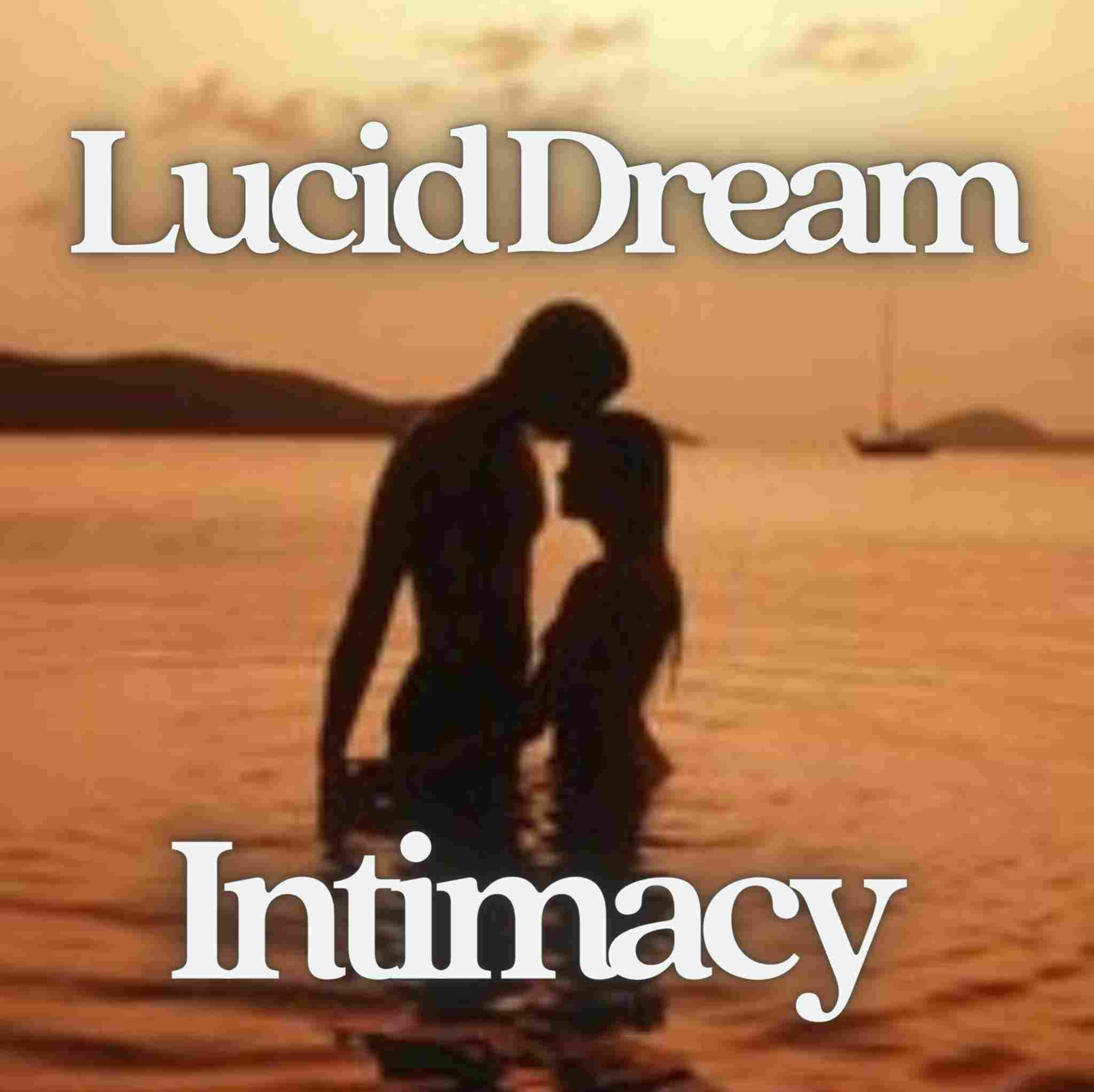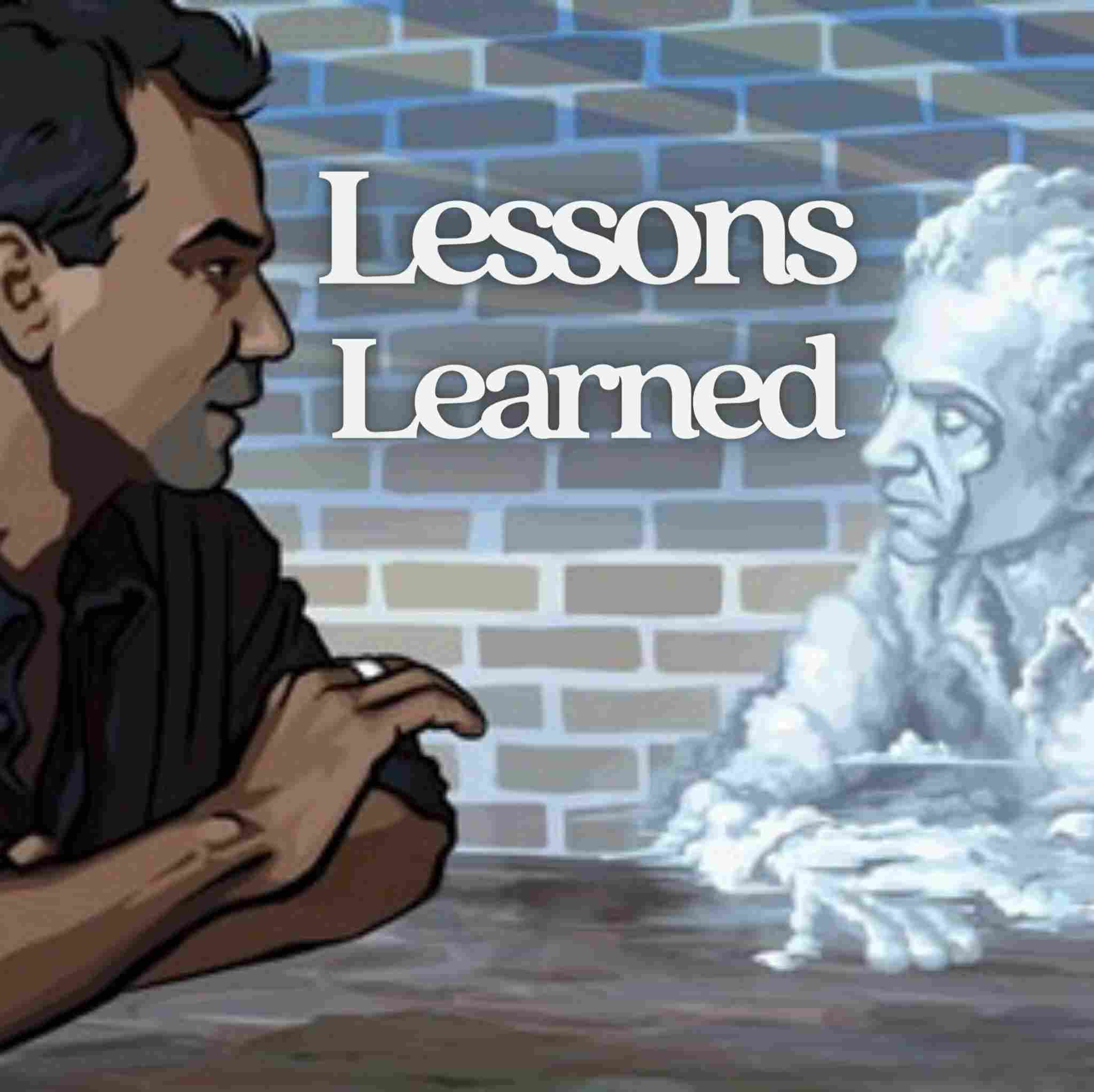"Did We Just Dream the Same Dream?" — What the Science Says About Mutual Dreaming

Few topics light up our inbox like mutual dreaming: two (or more) people reporting the same or strikingly similar dream on the same night. Goosebumps stuff. But…how does this hold up when you put it under the scientific microscope?
What counts as a "mutual dream"?
In everyday use, people call it a "shared dream" or "twin dream": overlapping dream content (characters, settings, events) reported by two people from the same night. A 2017 paper in Dreaming analyzed 102 narratives and found most alleged mutual dreams occur within close relationships. The authors emphasized that noticing or constructing a match may be driven by a desire for closeness — an important caution about interpretation .
Has mutual dreaming been proven?
Short answer: no — not as a routinely replicable effect under controlled conditions. But there is a line of research that keeps the question interesting.
1. The dream-telepathy labs (1960s–70s)
At the Maimonides Medical Center in Brooklyn, teams led by Montague Ullman and Stanley Krippner tested "ESP in dreams." Some sessions produced close matches between targets and dream content, with hit-rates reportedly above chance. Critics later argued that methodological issues and failed replications undercut the claims.
2. Meta-analyses of "dream-ESP"
A 2017 meta-analysis pooled dream-ESP experiments from 1966–2016 and reported an overall effect above chance — suggestive but not definitive. Critics argue the true effect may be smaller and possibly explained by publication bias (re-analysis here).
3. Social/attachment explanations
Independent of any "psi" mechanisms, there's a solid psychological story: we're social creatures, and dreams are soaked in our relationships. Sharing dreams boosts empathy and bonding, and similarities may reflect overlapping daily concerns, culture, and priming. That 2017 Dreaming paper explicitly links mutual-dream reports to attachment needs.
Why overlaps happen (without telepathy)
- Common inputs: Partners, friends, and families share stories, stressors, and environments — fertile ground for parallel dream themes.
- Selective memory: When comparing notes, we spotlight matches and gloss over differences.
- Expectation effects: Trying to "meet" primes the mind with shared cues, raising odds of coincidental alignment.
- Attachment/emotional timing: Reports often spike when people feel distant — precisely when dreams simulate social bonding.
Can lucid dreamers do better?
Lucidity can help coordinate attempts (agree on a rendezvous scene, exchange dream-signs, try to signal), but it doesn't, by itself, solve the scientific question. Lucid dreaming is well-documented; using it just gives you cleaner protocols for testing claims (overview of lucid dreaming research).
How to run a fair mutual-dreaming experiment
- Pre-register the target: Randomly pick a category (beach, library, mountain, etc.) and timestamp it.
- Induce recall: Use lucid induction techniques but keep intentions simple.
- Immediate, independent recording: Each person documents dreams separately before sharing.
- Blind matching: Have a neutral third party compare dream reports to targets using a scoring system.
- Repeat: Multiple nights reduce chance coincidences.
- Report transparently: Keep logs of hits, misses, and timestamps.
Bottom line
- Claims remain unproven: Dream-telepathy hints exist but are controversial and hard to replicate.
- Psychological explanations are compelling: Overlapping lives + suggestibility + social bonding explain many cases.
- Still worthwhile: Whether or not minds meet, dream sharing enhances empathy and connection.
- Test it out: Why not use your own lucid dreaming skills to test it out?
— Jake















